Overview
OBDwiz stands as a premier automotive diagnostic software solution, seamlessly integrated with every ScanTool.net PC-based scan tool. Renowned for its intuitive installation, user-friendly interface, and a wealth of functionalities, OBDwiz empowers you to take control of your vehicle’s health. Whether you’re aiming to pinpoint and resolve car troubles, boost fuel efficiency, extinguish the persistent ‘Check Engine’ light, or ensure your vehicle is emissions-ready, OBDwiz is your go-to software. Its design is optimized for touchscreen interaction and even transforms your laptop into a dynamic digital dashboard, providing real-time insights into your vehicle’s performance.
Minimum Requirements
OBDwiz is engineered for compatibility with all PC-based scan tools available on our website, ensuring a hassle-free experience. It operates smoothly on any Windows Vista or newer computer, provided it has the Microsoft .NET 2.0 Framework installed.
| Operating System | Windows Vista SP2, Windows 7, Windows 8, Windows 8.1, and Windows 10 (Windows XP is not supported) |
|---|---|
| Screen Resolution | 640×480 or higher |
| OBD Interface | OBDLink MX Bluetooth, OBDLink LX Bluetooth, OBDLink MX Wi-Fi, or OBDLink SX |

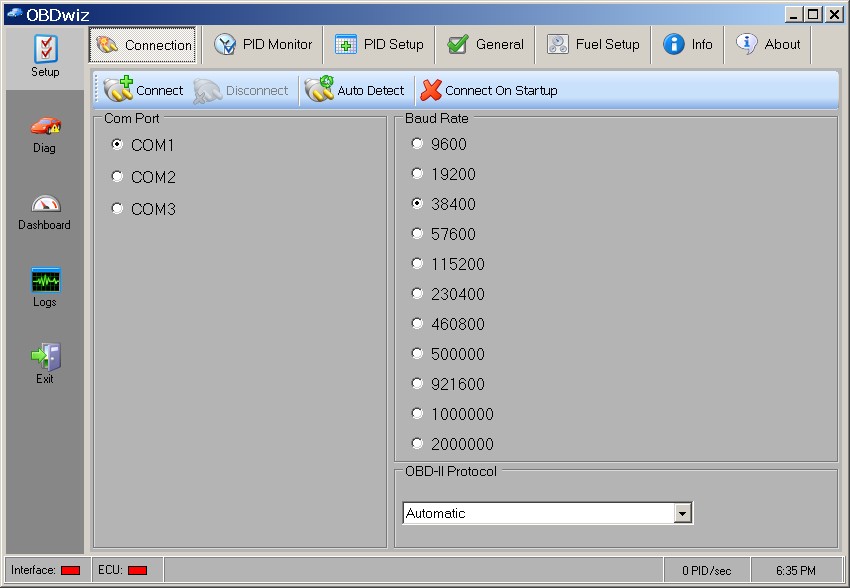
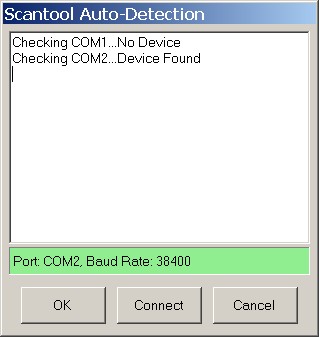
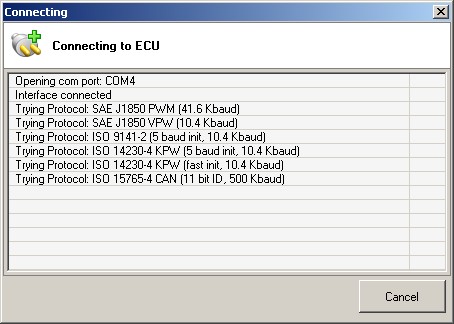
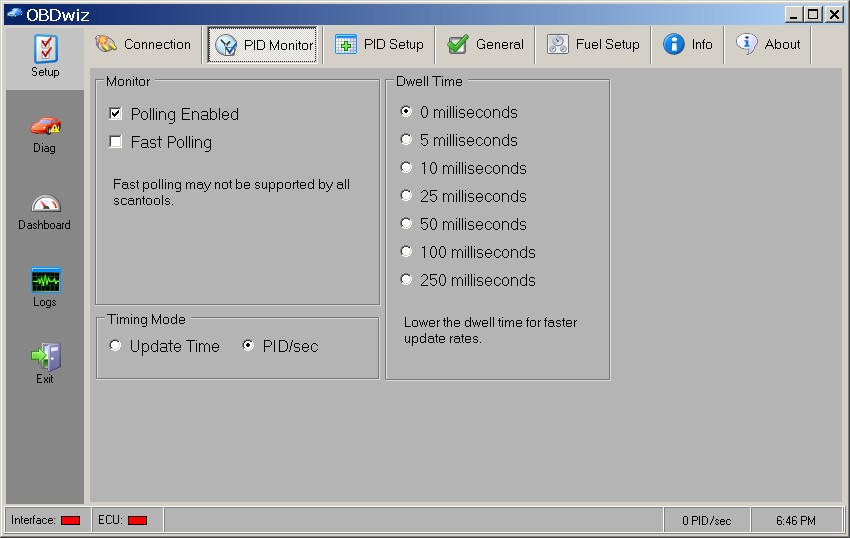


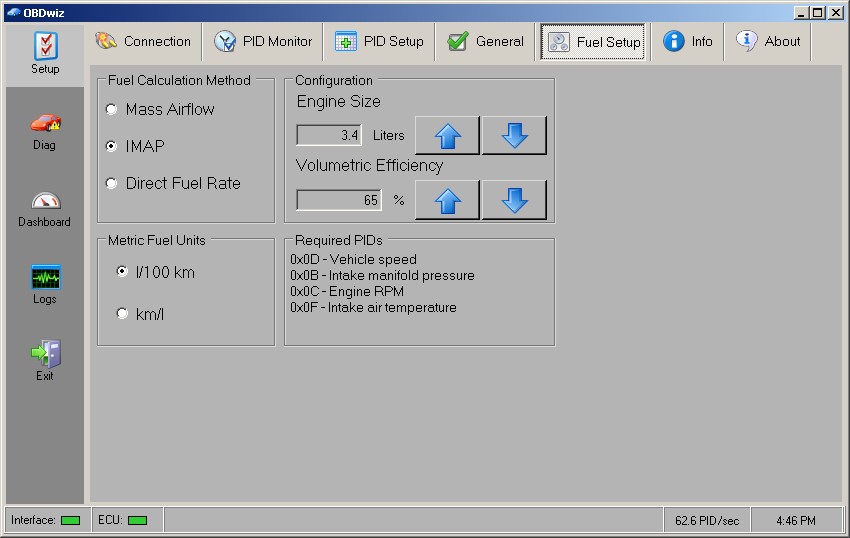
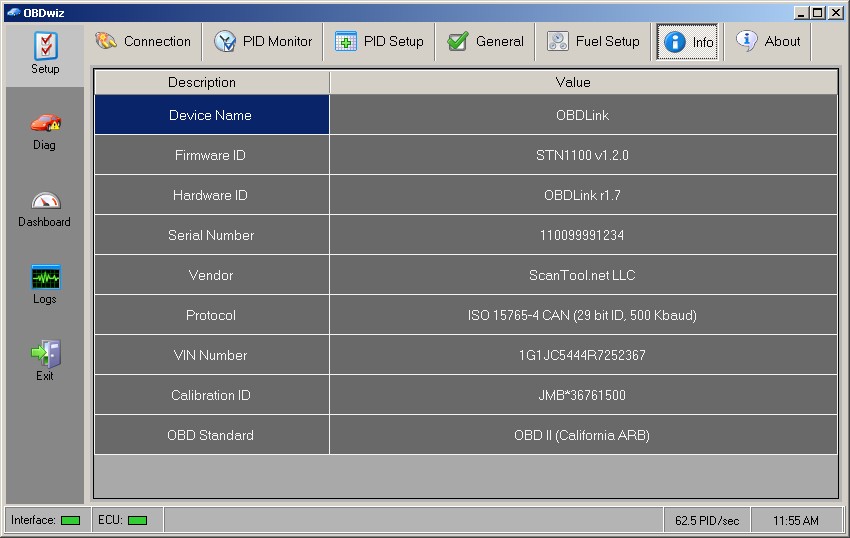
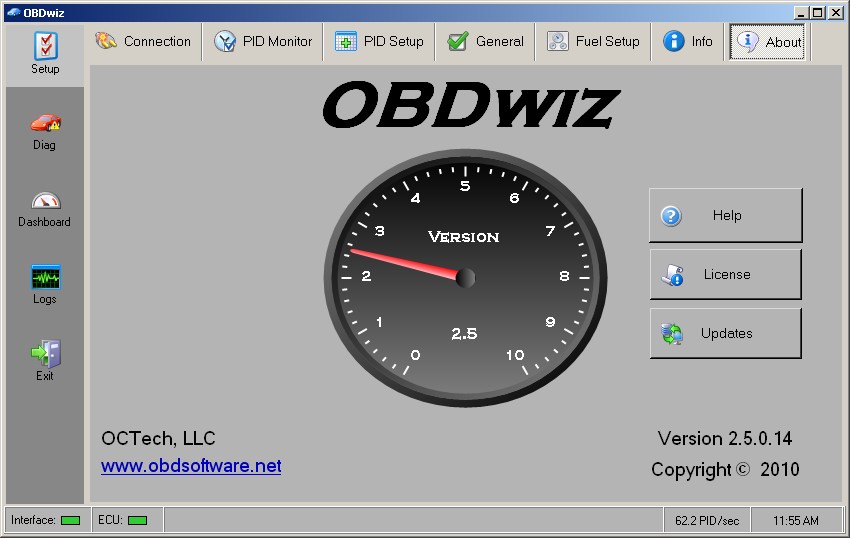
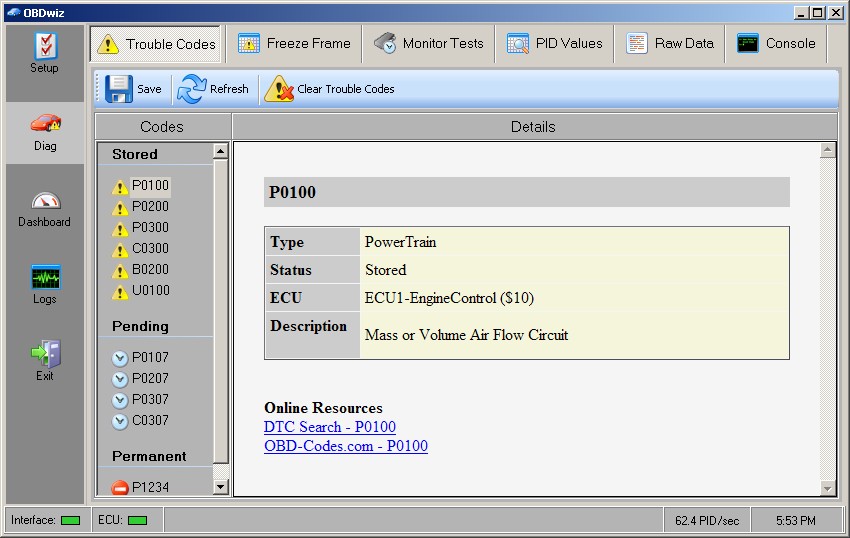
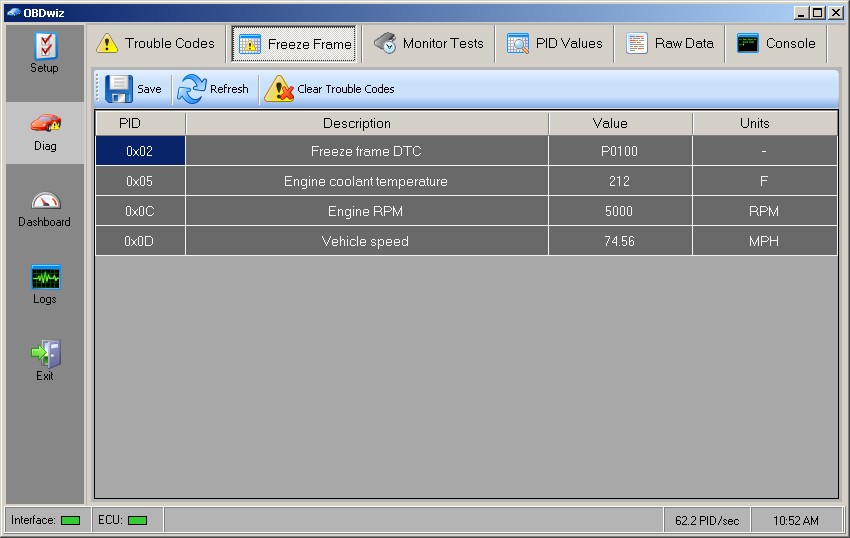

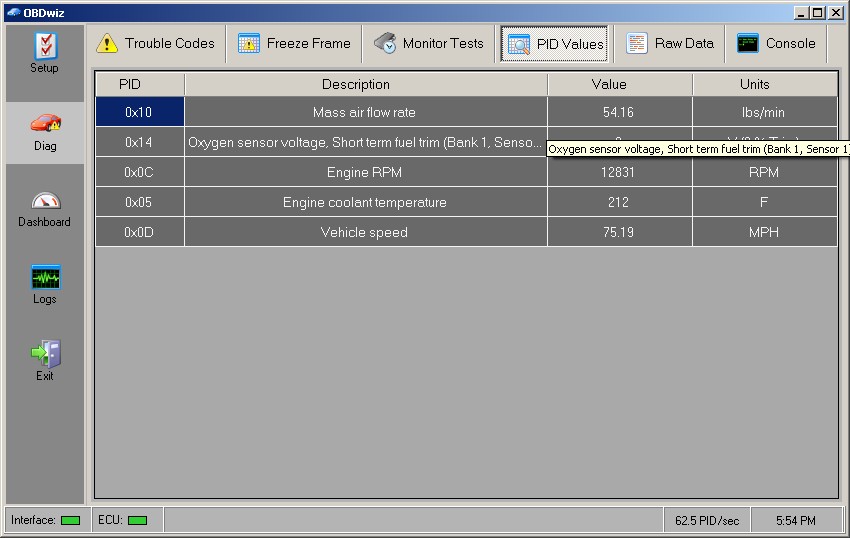
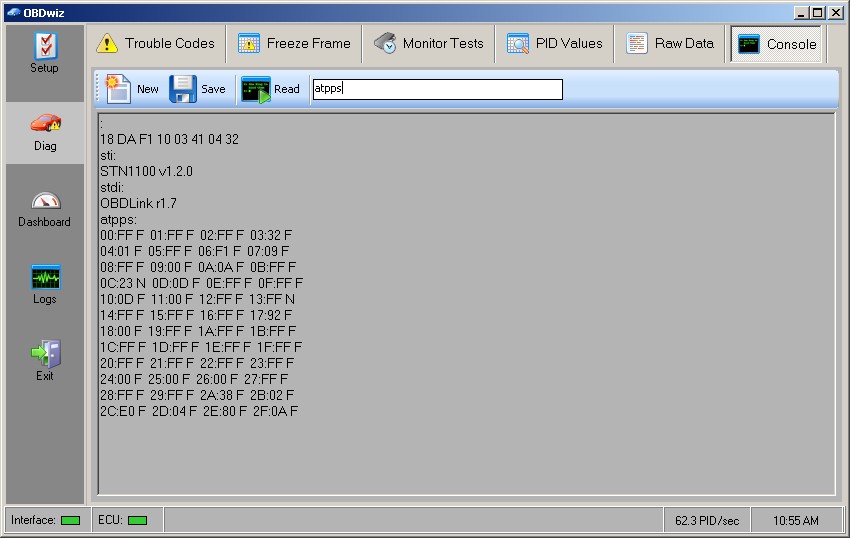

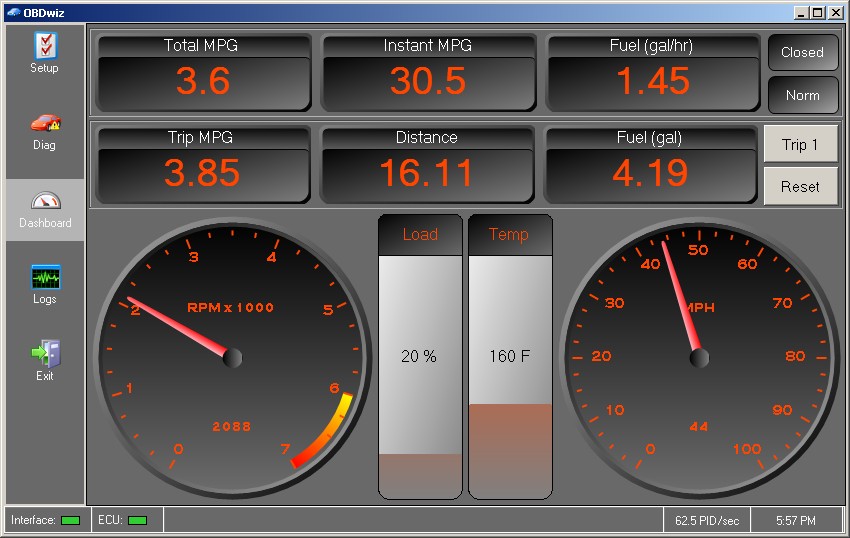
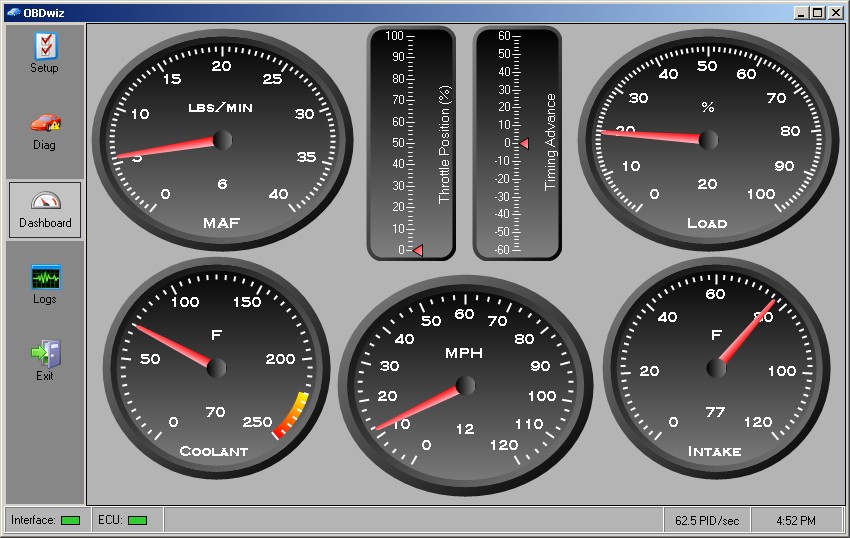
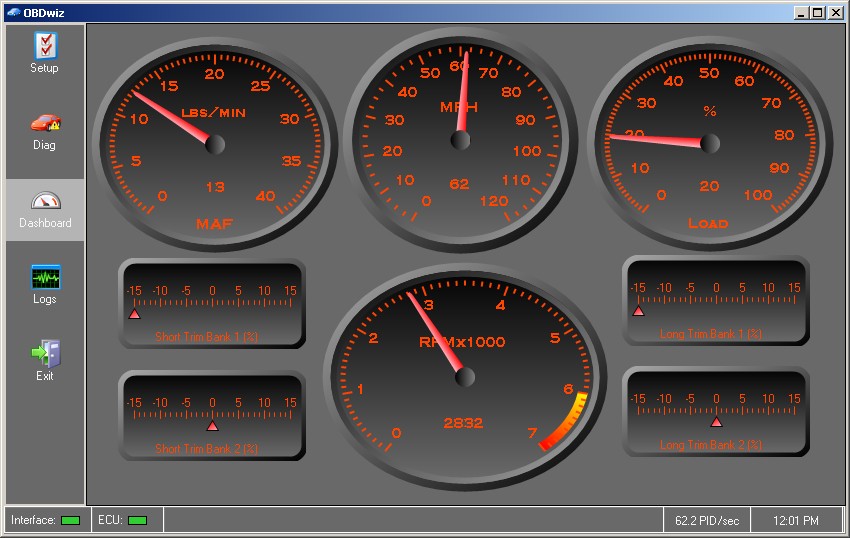


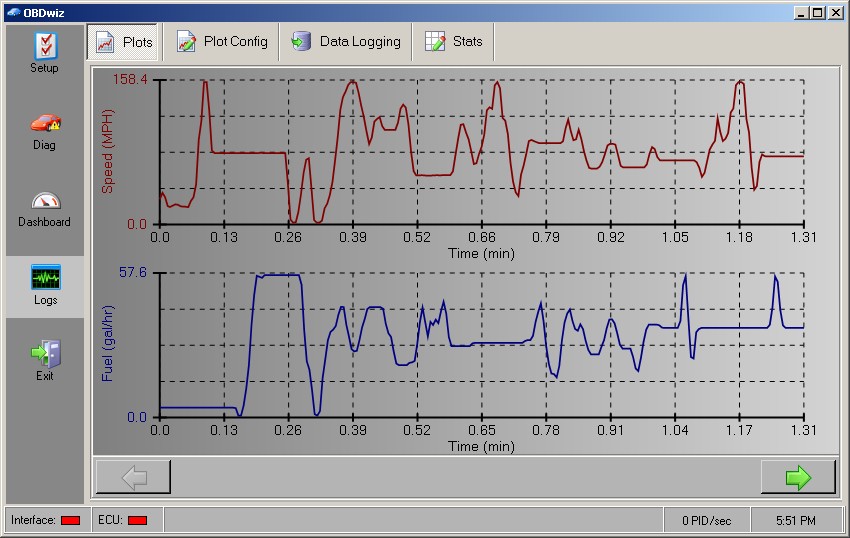
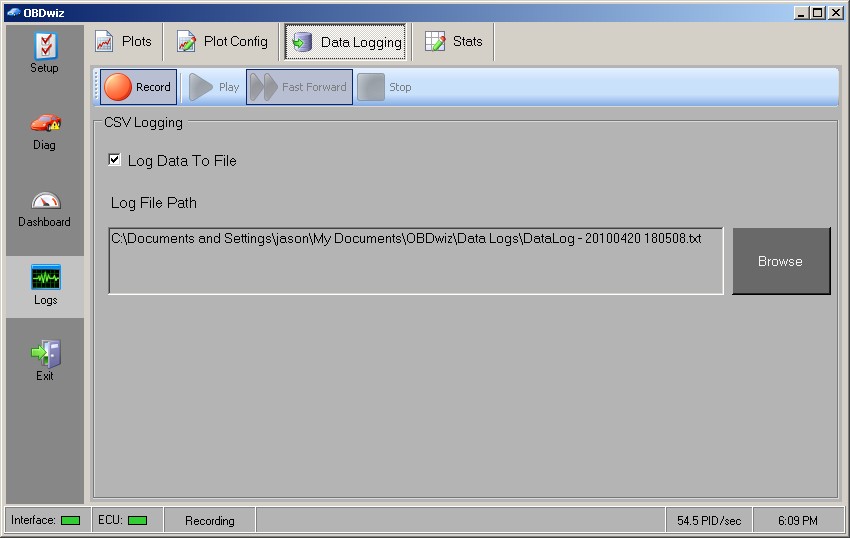
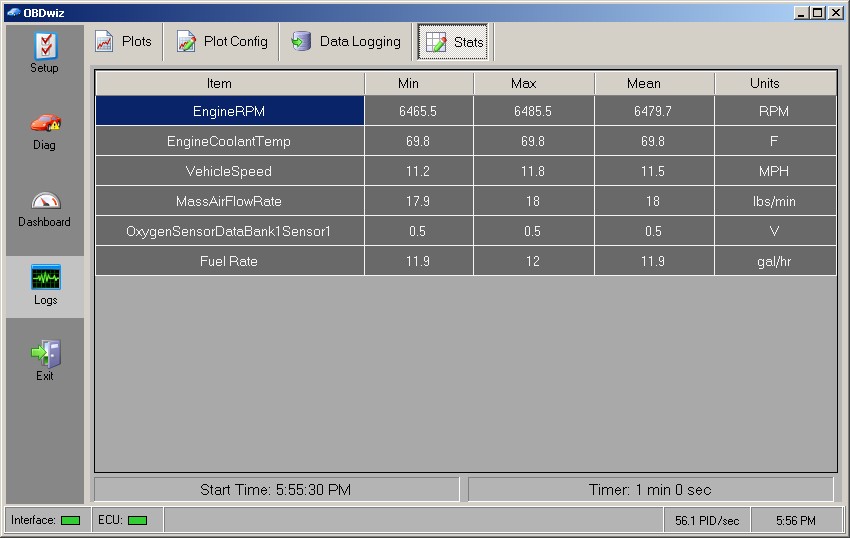
These minimal requirements ensure that OBDwiz is accessible to a broad range of users, making professional-grade automotive diagnostics available to anyone with a laptop and a compatible OBD interface.
Key Features: Your Automotive Diagnostic Command Center
OBDwiz is more than just a basic OBD-II scanner software; it’s a comprehensive diagnostic suite designed to give you unparalleled insight into your vehicle’s operation. Here’s a breakdown of its standout features:
- Universal Compatibility with ScanTool.net PC-based Tools: OBDwiz is specifically designed to work seamlessly with all PC-based scan tools offered on ScanTool.net, ensuring optimal performance and reliability.
- Broad Vehicle Support: It’s engineered to support all OBD-II compliant vehicles, encompassing vehicles adhering to EOBD (European On-Board Diagnostics) and JOBD (Japanese On-Board Diagnostics) standards. This wide-ranging compatibility means you can use OBDwiz on virtually any modern car.
- Customizable Dashboards: Personalize your diagnostic experience with customizable dashboards. Display the parameters that are most important to you in an easy-to-read format. Tailor the layout and data displayed to match your specific diagnostic needs, whether you’re monitoring engine performance, fuel economy, or sensor data.
- Real-time Fuel Economy Insights: Monitor your fuel consumption with precision. OBDwiz provides fuel economy calculations in both MPG (Miles Per Gallon) and km/l (kilometers per liter), helping you optimize driving habits and save on fuel costs.
- Dynamic Dashboard Display: Experience a rich, real-time dashboard display that includes multiple trip meters. Track your journey statistics and gain immediate feedback on vehicle performance as you drive.
- Real-time Data Plotting: Visualize live data with real-time plotting of all Parameter IDs (PIDs). Graphically monitor engine parameters, sensor readings, and more to identify trends and anomalies instantly.
- Data Recording and Playback: Capture crucial data for later analysis with the recording and playback feature. Record diagnostic sessions and review the data at your convenience, allowing for in-depth troubleshooting and performance evaluation.
- CSV Data Logging: For advanced users and data analysis, OBDwiz supports data logging in CSV format. Export your vehicle’s data to spreadsheet programs for detailed examination, reporting, and comparative analysis.
- Diagnostic Trouble Code Management: Effortlessly read and clear diagnostic trouble codes (DTCs). Understand the issues flagged by your vehicle’s computer and clear codes after repairs are made, turning off the ‘Check Engine’ light.
- Battery Voltage Monitoring: Keep an eye on your vehicle’s electrical system with battery voltage display. Ensure your battery is performing optimally and detect potential charging system issues early.
- Freeze Frame Data Analysis: Delve deeper into diagnostic information with freeze frame data. Capture snapshots of vehicle parameters at the precise moment a DTC is triggered, providing crucial context for diagnosing intermittent issues.
- Day and Night Display Modes with Customization: Optimize visibility in any lighting condition with day-time and night-time display modes. Further personalize your experience by creating custom day- and night-time skins to match your preferences.
- Flexible Units: Work with your preferred measurement system with support for both English and Metric units.
- Statistical Data Analysis: Gain deeper insights from your data with statistical calculations, including minimum, maximum, and mean values for monitored parameters. Understand the range and average values of sensor readings and performance metrics.
- Extensive PID Support: Access a wide range of vehicle parameters with over 90 supported PIDs. Monitor everything from engine temperature and RPM to oxygen sensor readings and fuel system data.
- Advanced Polling Control: Fine-tune data acquisition with full control over polling rates and priorities. Optimize the software’s performance based on your diagnostic needs and PC capabilities.
- Vehicle Information Display: Quickly access essential vehicle details including VIN number and calibration ID. Verify vehicle specifications and ensure you have the correct information for diagnostics and repairs.
- OBD Console for Direct Communication: For advanced diagnostics and testing, the OBD console allows you to send commands directly to the vehicle. Interact with your vehicle’s systems at a deeper level for specialized tasks and troubleshooting.
- Optimized for Modern Processors: Designed to leverage the power of both single and multi-core processors, OBDwiz delivers responsive performance and efficient data processing.
- Free Lifetime Updates: Benefit from continuous improvements and new features with free unlimited updates* for the same major version. Keep your software current and benefit from the latest advancements in vehicle diagnostics.
* Updates are free and unlimited for all releases within the same major version number, ensuring your investment continues to deliver value.
Screenshots: Visualizing OBDwiz in Action
Explore the intuitive interface and powerful features of OBDwiz through these screenshots, showcasing its ease of use and comprehensive diagnostic capabilities.
Upon launching OBDwiz, the first screen you’ll encounter is the Connection tab, your gateway to vehicle communication:
Here, you can select the appropriate COM port and baud rate for your scan tool. For effortless setup, simply click “Auto Detect” and let the software automatically identify your device:
Initiating connection is straightforward. By clicking “Connect,” OBDwiz intelligently attempts to establish communication with your vehicle. If the protocol is set to “Automatic,” the software cycles through each OBD-II protocol until it identifies the correct one for your vehicle:
For users seeking to optimize software performance, the PID Monitor provides tools to fine-tune data acquisition and communication parameters:
Once a connection is established, customize your real-time monitoring experience in PID Setup. This section allows you to select the specific parameters (PIDs) you wish to observe during your diagnostic session:
The General tab offers a range of user preferences. Switch between metric and English units, toggle between Day/Night modes for optimal viewing, manage and customize dashboards, and adjust other software settings to personalize your experience:
Configure your fuel economy meter parameters in the Fuel Setup tab, ensuring accurate MPG or l/km calculations based on your vehicle’s specifications:
The Info tab provides a consolidated view of useful information about your scan tool and the connected vehicle, including VIN, protocol, and more:
Access software version details and copyright information conveniently in the About tab:
Manage Diagnostic Trouble Codes effectively in the Trouble Codes tab. View stored, pending, or permanent DTCs and easily clear codes after addressing vehicle issues:
Investigate DTCs further with Freeze Frame data. Examine a snapshot of vehicle parameters recorded at the moment a trouble code was set, aiding in precise diagnosis:
Monitor the status of continuous and non-continuous monitors, as well as the Malfunction Indicator Light (MIL) status, in the Monitor Tests tab, ensuring your vehicle’s emission systems are functioning correctly:
For a straightforward display of parameters in a tabular format, use the PID Values tab. View real-time readings in an organized table:
For advanced users, the Console tab allows direct command input to the scan tool, enabling specialized diagnostic procedures and communication testing:
Experience the default dashboard, providing an immediate visual overview of key vehicle parameters:
The same default dashboard in “Night Mode” offers reduced brightness for comfortable nighttime use:
Explore the flexibility of custom dashboards, tailored to display the parameters most relevant to your diagnostic needs:
OBDwiz excels in data visualization, allowing you to plot single or multiple engine parameters on the same screen for comparative analysis:
Beyond real-time viewing, OBDwiz enables you to log data for later playback or export to spreadsheet software for in-depth analysis and record-keeping:
The Stats screen provides statistical summaries for selected parameters, offering insights into min, max, and average values over a monitoring session:
Supported PIDs: Extensive Parameter Coverage
OBDwiz supports a comprehensive list of PIDs, giving you access to a vast array of vehicle data. Below is a table outlining the supported Parameter IDs and their descriptions, providing a glimpse into the depth of diagnostic information available:
| PID | Description |
|---|---|
| 0x00 | Supported PIDs 0x01 to 0x1F |
| 0x01 | Number of trouble codes, MIL indicator on/off, and available onboard tests |
| 0x02 | Freeze frame DTC |
| 0x03 | Fuel system status |
| 0x04 | Calculated engine load value |
| 0x05 | Engine coolant temperature |
| 0x06 | Short term fuel % trim – Bank 1 |
| 0x07 | Long term fuel % trim – Bank 1 |
| 0x08 | Short term fuel % trim – Bank 2 |
| 0x09 | Long term fuel % trim – Bank 2 |
| 0x0A | Fuel pressure |
| 0x0B | Intake manifold pressure |
| 0x0C | Engine RPM |
| 0x0D | Vehicle speed |
| 0x0E | Timing advance |
| 0x0F | Intake air temperature |
| 0x10 | Mass air flow rate |
| 0x11 | Throttle position |
| 0x12 | Secondary air status |
| 0x13 | Oxygen sensors present |
| 0x14 | Oxygen sensor voltage, Short term fuel trim (Bank 1, Sensor 1) |
| 0x15 | Oxygen sensor voltage, Short term fuel trim (Bank 1, Sensor 2) |
| 0x16 | Oxygen sensor voltage, Short term fuel trim (Bank 1, Sensor 3) |
| 0x17 | Oxygen sensor voltage, Short term fuel trim (Bank 1, Sensor 4) |
| 0x18 | Oxygen sensor voltage, Short term fuel trim (Bank 2, Sensor 1) |
| 0x19 | Oxygen sensor voltage, Short term fuel trim (Bank 2, Sensor 2) |
| 0x1A | Oxygen sensor voltage, Short term fuel trim (Bank 2, Sensor 3) |
| 0x1B | Oxygen sensor voltage, Short term fuel trim (Bank 2, Sensor 4) |
| 0x1C | OBD standards this vehicle conforms to |
| 0x1D | Oxygen sensors present 2 |
| 0x1E | Auxiliary input status |
| 0x1F | Run time since engine start |
| 0x20 | Supported PIDs 0x21 to 0x3F |
| 0x21 | Distance traveled with malfunction indicator lamp (MIL) on |
| 0x22 | Fuel rail pressure (relative to manifold vacuum) |
| 0x23 | Fuel rail pressure (diesel) |
| 0x24 | Oxygen sensor 1 equivalence ratio (lambda value) |
| 0x25 | Oxygen sensor 2 equivalence ratio (lambda value) |
| 0x26 | Oxygen sensor 3 equivalence ratio (lambda value) |
| 0x27 | Oxygen sensor 4 equivalence ratio (lambda value) |
| 0x28 | Oxygen sensor 5 equivalence ratio (lambda value) |
| 0x29 | Oxygen sensor 6 equivalence ratio (lambda value) |
| 0x2A | Oxygen sensor 7 equivalence ratio (lambda value) |
| 0x2B | Oxygen sensor 8 equivalence ratio (lambda value) |
| 0x2C | Commanded EGR |
| 0x2D | EGR error |
| 0x2E | Commanded evaporative purge |
| 0x2F | Fuel level input |
| 0x30 | Number of warm-ups since codes cleared |
| 0x31 | Distance traveled since codes cleared |
| 0x32 | Evap system vapor pressure |
| 0x33 | Barometric pressure |
| 0x34 | Oxygen sensor 1 equivalence ratio (lambda value) |
| 0x35 | Oxygen sensor 2 equivalence ratio (lambda value) |
| 0x36 | Oxygen sensor 3 equivalence ratio (lambda value) |
| 0x37 | Oxygen sensor 4 equivalence ratio (lambda value) |
| 0x38 | Oxygen sensor 5 equivalence ratio (lambda value) |
| 0x39 | Oxygen sensor 6 equivalence ratio (lambda value) |
| 0x3A | Oxygen sensor 7 equivalence ratio (lambda value) |
| 0x3B | Oxygen sensor 8 equivalence ratio (lambda value) |
| 0x3C | Catalyst temperature (Bank 1 Sensor 1) |
| 0x3D | Catalyst temperature (Bank 2 Sensor 1) |
| 0x3E | Catalyst temperature (Bank 1 Sensor 2) |
| 0x3F | Catalyst temperature (Bank 2 Sensor 2) |
| 0x40 | Supported PIDs 0x41 to 0x5F |
| 0x41 | Monitor status this drive cycle |
| 0x42 | Control module voltage |
| 0x43 | Absolute load value |
| 0x44 | Command equivalence ratio |
| 0x45 | Relative throttle position |
| 0x46 | Ambient air temperature |
| 0x47 | Absolute throttle position B |
| 0x48 | Absolute throttle position C |
| 0x49 | Accelerator pedal position D |
| 0x4A | Accelerator pedal position E |
| 0x4B | Accelerator pedal position F |
| 0x4C | Commanded throttle actuator |
| 0x4D | Time run with MIL on |
| 0x4E | Time since trouble codes cleared |
| 0x4F | External test configuration #1 |
| 0x50 | External test configuration #2 |
| 0x51 | Fuel type |
| 0x52 | Percentage of alcohol fuel mix |
| 0x53 | Absolute evap system vapor pressure |
| 0x54 | Evap system vapor pressure |
| 0x55 | Short term secondary oxygen sensor trim bank 1 and bank 3 |
| 0x56 | Long term secondary oxygen sensor trim bank 1 and bank 3 |
| 0x57 | Short term secondary oxygen sensor trim bank 2 and bank 4 |
| 0x58 | Long term secondary oxygen sensor trim bank 2 and bank 4 |
| 0x59 | Fuel rail pressure (absolute) |
| 0x5A | Relative accelerator pedal position |
| 0x5B | Hybrid battery pack remaining life |
| 0x5C | Engine oil temperature |
| 0x5D | Fuel injection timing |
| 0x5E | Fuel rate |
| 0x5F | Emission requirements for this vehicle |
Technical Support
For any questions or assistance with OBDwiz, please visit the dedicated OBDwiz forum board. Our community and support team are ready to help you get the most out of your automotive scanner software.